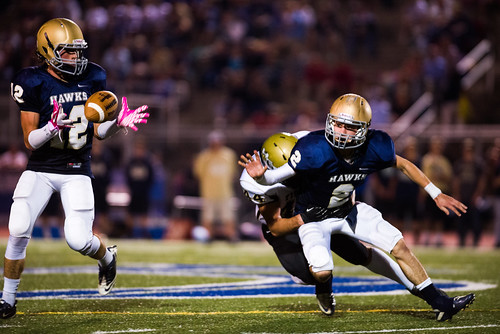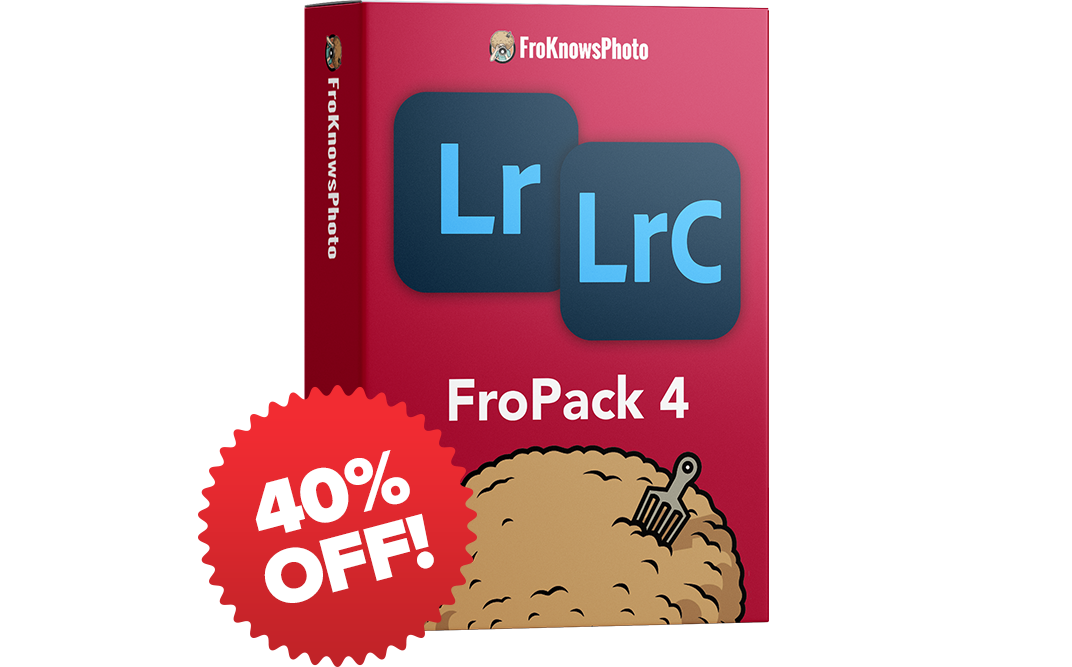Nikon D600 Review
When Nikon announced the D600 it was pretty much no big surprise. What was a big surprise was the fact that they would have it before Photokina and months before Canons 6D.
The D600 is the first “affordable” FX Camera from Nikon at clocks in at $2,099.99 at AllensCamera.com. Now I am not going to sit here and run down the tech specs as most of you already know what they are. You also know that the most important thing about the camera are not the specs but how it actually handles in the real world shooting environment.
What I am going to try and do is give you my straight up feedback from using the camera in a tough shooting situation of a night high school football game. If a camera can handle low light shooting and being pushed to its limits than it can handle everything and anything.
First things first this camera is pretty small yet it feels very nice in the hands. The one I shot with did not have the vertical grip yet shooting vertical really was not a problem at all. The screen is huge and clear and the buttons are will be very familiar to anyone who has shot or held a D800, D800E or Nikon D4. There is something to be said for keeping the same button set up from camera to camera to camera. The same holds true for the menu system. Nikon does a great job keeping the menus consistant from one body to the next.
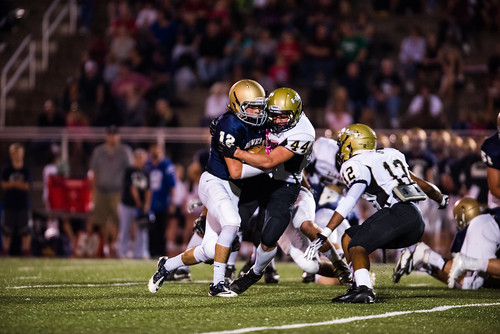
The real tell tail sign of a quality camera to me is how it handles in low light situations. All I can say is this camera passed the low light shooting test with flying colors!!! I pushed it to its max normal ISO of 6400 for shooting football and the grain structure looks amazing to me. It looks almost like a film grain which is what I am ok with seeing in my images.
I do hear complaining about noise quit often from people who zoom in on the file on their computer and thing that there should be no grain. Or they ask me what noise reduction software do I use to get rid of the grain. The answer to that is I DO NOT USE ANY NOISE REDUCTION SOFTWARE. I welcome the dots of grain and accept them with open arms as normal.
I speak to this in the video above but if your exposure is close, somewhere around spot on to a half of a stop off you will not have to worry about grain becoming an issue. Grain and noise become and issue when you totally miss your exposure and try to bring back the file. When you push the files to the max is when you start to see issues with the image. But keep in mind thats not the camera fault, thats the fault of the exposure and who ever set it, wink wink.
The bottom line is this camera passes the high ISO test from its normal range of 6400 ISO. Beyond that I did not push it to the H modes as they are not recommended. Since the camera did so well at 6400, there is no doubt in my mind it will hold up at the lower ISOs. You can see some examples of 800 and 1000 ISO with some sideline portraits I took of Sam with the 14-24 2.8. Those files are very clean, colorful and sharp.
Speaking of sharp, now is as good of a time as any to bring up lens choices for FX cameras. If you are moving up to a FULL FRAME camera its time to put away the slow cheap glass in favor of the PRO GLASS. Glass is going to make all the difference in the world now that you are FULL FRAME. This is pointed at people who are looking to make money with their photography or who would like to get the most out of their new camera. There are always acceptions to the rules and people who just want a nice camera to travel with and dont mind putting on the cheaper zoom lenses. But if your in it to win it your going to want to get those 2.8 or better lenses ready.
A prime example is the ability to shoot at higher ISOs. If you are shooting with a 5.6 lens at 6400 ISO do you know what your ISO would be with a 2.8 lens? That is a two stop difference, that means you go from 6400 to 3200 to 1600. How much more room do you have to play with your settings now!!! This is the importance of better glass, just like I showed you in the football game. I was able to shoot at 6400 ISO, 1/800th of a second at f3.2. Not only was I not shooting wide open but I was shooting a fast enough shutter speed to free the fast paced action. To wrap up this paragraph let me repeat, now that you are full frame you are in the big leagues, pick up the better glass and never look back.
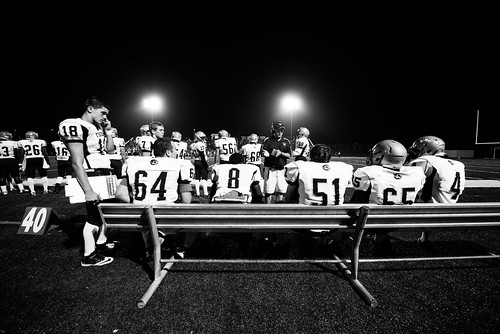
Let now look at build quality. No this is not the most robust camera but if you treat it well and don’t beat the crap out of it it is going to do just fine. This is where the differences between the D800’s and the D4’s come into play. You are paying for better built, weather sealed bodies that can take more of a beating and keep on ticking.
Being that I was not born with the best of eyes autofocus is very important to me. The D600 does have a built in motor so it will use any autofocus lens Nikon has made. The autofocus seems to me to be pretty fast and accurite. Where as the D7000 seemed to have major back-focusing issues the D600 does not seem to be plagued with the same problem.
The one issue that I did see was the fact that the focus area is much smaller than the other FX camera. Below you can see a side by side comparison with the D800s focusing area. You can see right there that you do not have as many focus points and they are also more tightly aligned to the center of the frame. This could make it harder while in continuos focus to play the rule of thirds game. It also means a lot more locking in and recomposing of your images because you can’t push the focus points to high or wide in the frame. Is this a deal breaker, no not really. Would it be great if they matched what the D800 and D4 offer sure. But there has to be some differences between models.
What I can say is after shooting for an hour with the camera I did not really think to much about those extra focus points. I used the camera as it is and worked around its limitations. Again there has to be differences from one model to the next to justify the larger prices of the top of the line pro models.
Many people out there get their mind set that they need a camera that has the most frames per second in order to get that great shot. The D600 offers you 5.5 frames a second which is not to shabby when you are pushing 30 meg RAW files through the buffer. I think this is plenty of speed and honestly I would be fine with two frames a second if thats all a camera gave me. I am a big fan of not spraying and pray but capturing that decisive moment.
One downside to less expensive cameras are that their buffers are not as large and may fill up quicker. I motor drove through 10 to 11 RAW 14 bit lossless compressed files before the buffer filed. This means if you take three or four quick shots and wait for few seconds before shooting another few you should not run into any buffer issues. These are big RAW files you are shooting here so its going to take some time to have them exit the camera to your memory card. My recommendation is to make sure you are using the faster SD cards like class 6 or higher.
How many of you have get upset when a company comes out with a new product and the batteries change? The great news is that the D600 uses the same battery as the D7000 and D800. Being that I have a D7000 with extra batteries I already had backups and did not need to spend any more money. This is a major bag of win for Nikon this time around. Now only if the battery grips would work from one camera to the next.
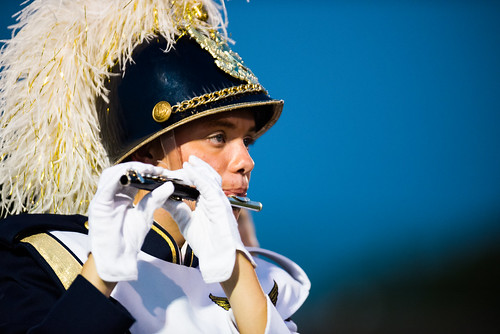
I have not fully pushed the limits of the video capability of this camera but all the D600 was used to record all of the footage in the review. I was very pleased with the quality of the video from the sideline in such a low light situation. The files are clean, clear and colorful even when using the kit 24-85 lens. The controls work the same as the other Nikon camera but you do not have the ability to change the F-Stop while recording which at times can be a slight pain in the butt. But again this is one of those things that Nikon does to differentiate one model from the next. I will say that the video is better than that of a D7000 and probably on par with the D800 and possibly on par with the D4.
Now onto what a lot of people have been asking for, comparisons between the Nikon models. I get asked all the time, is this camera better than the one I currently have? If I had my choice between a Nikon D7000 or a D600 I would go with a D600 hands down. If you are trying to figure out if you should go from a D90 or any other older Nikon DSLR below the D90 the answer is a simple yes, if you can afford it.
The choices start to get tougher when you ask if a D700 is better than a D600. I would say they both have their plusses and minuses. The D700 is built better and is more like a pro body. But the D600’s new sensor in my opinion will give you better low light shooting. On top of that the D600 gives you amazing video where the D700 does not even offer video. As time goes on the older cameras start to get pushed to the side and become harder and harder to justify purchasing. If I had my choice right now between a D700 and a D600 I personally would take a D600.
Now here is where it gets even hairier. Should you spend the extra money and go with a D800 or stick with the D600 and get some more glass? The D800 is a solid solid camera. its built well, performs very well and is priced right for a pro body. Sure it has a 36mp sensor and toss out huge RAW files but sometimes that is what you need for the job. This is still a tough choice, the D600 is a little faster in terms of frames per second but it is lacking the sync speed and the 1/8000th of a second shutter speed. Would I go for a D800 or a D600 I am not sure I am prepared to answer that at this time. I would though prefer a D800 as a backup to my D4 more so than a D600 to my D4. My only wish is that the D600 was built in a much stronger body and than it might possibly be an easier choice.
If you consider yourself a professional photographer and you are making some money with your craft and your paycheck depends on your images. Than a D800 may be a better choice for the everyday shooter. The reason is build quality, the image quality is pretty similar but the build quality for every day tougher use goes to the D800.
To wrap it up I was very happy with the Nikon D600, it kind of surprised me. I was not expecting such great image quality in an entry level FX camera. This camera truly passed the Sniff test and any other test that I threw at it. If you are thinking about jumping into your first FX camera and still have glass to pick up than the D600 could be a great choice for you. If you consider yourself more of a pro than the D800 or D800E may be the better choice for you.
To see the full res exported jpegs please click the image below. I have upload all the sample images to flickr for you to look at and pixel peep if you so choose. Thank you guys for taking the time to read my review.
Nikon D600 Review of the Video Quality.
After reviewing the quality of the still images form the Nikon D600 I thought I should do the same type of field review for the video quality of the Nikon D600.
I had the perfect opportunity to put the video capability of the D600 to the test when my friend Graham Colton came to town to play a show.
All LIVE video shown is this video was shot with one Nikon D600 and various different pro Nikon lenses.
I was very happy with the results of the video quality from this camera. Sure there is the one current downside where you can not change the f stop during video recording but to me that is minor.
The video is clean, colorful and sharp. I now have no reason to grab my d7000 to shoot video since this D600 is full frame and allows me to get wider coverage for my videos. I hate grabbing the D7000 and having to put a fisheye on it to get a wide enough shot.
The video quality of this camera sealed my final all around thoughts about this camera. It offeres you not only great stills in low light and any other situation but very very good video quality to boot.
If you would like to pick one up please check out AllensCamera.com
